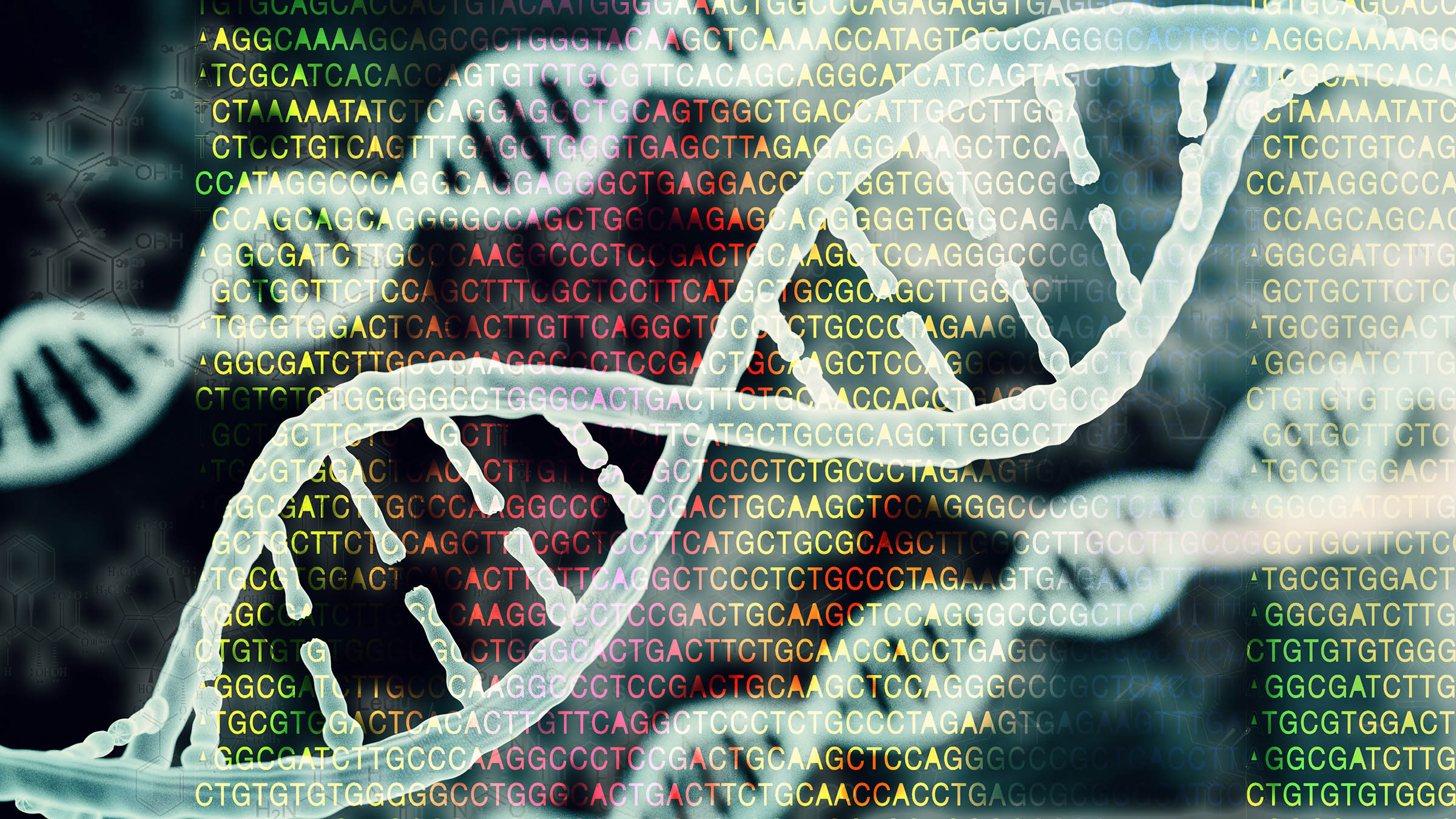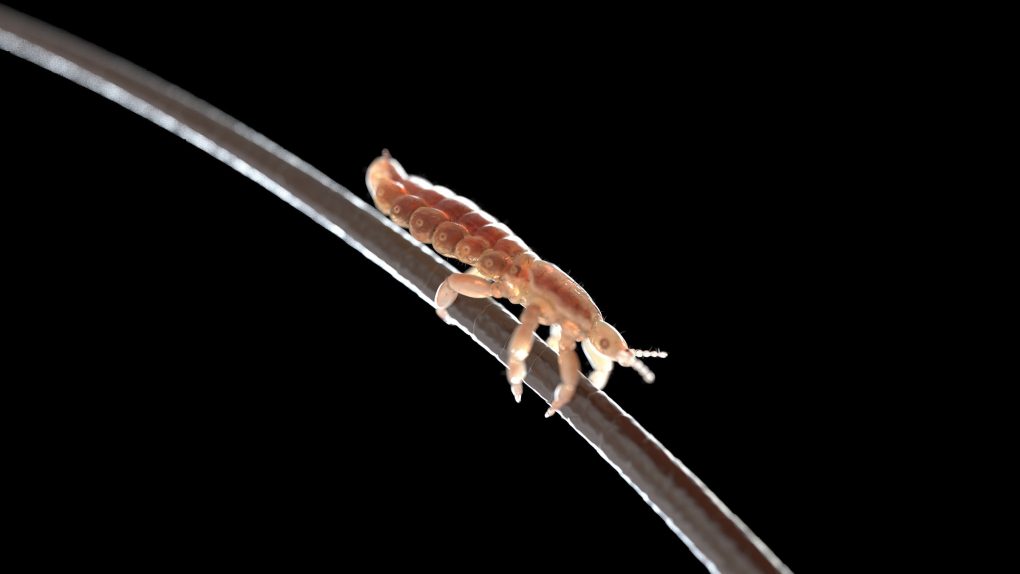In what might be one of the grossest and most intriguing research cases I’ve read about this year, scientists have started using lice DNA to help them learn more about ancient humans, including when different groups of humans arrived in the Americas.
I could make a joke about how this dilemma has left scientists scratching their heads, but the Smithsonian already beat me to that punch. Still, it is intriguing that scientists have been able to look at the DNA of these annoying little bugs to learn when humans first arrived on our small piece of the planet.
The first humans to arrive in America left behind tons of scattered evidence – including some ancient stone tools, fossilized footprints, and even their fossilized bones. But, genetic studies haven’t quite been able to map out exactly when and where the migrations took place. Luckily, lice DNA could hold the clue that scientists have been searching for.

According to a new piece of research published in PLOS One this week, researchers found two distinct clusters of louse, which suggests that the two clusters migrated to America with different human hosts. The first group came on the heads of the East Asians who first populated the Americas. The second didn’t arrive until thousands of years later when the European colonists began to travel to the Americas.
The researchers say that the Americas are the only place where these two types of lice crossbreed. This revelation, the researchers note, sheds light on the human journey around our world. Further, some researchers believe that lice DNA and evolution may have even more clues to offer us, especially about how humanity evolved all those years ago.
DNA studies of two common types of lice have shown that they diverged greatly from each other roughly 190,000 years ago. The researchers say this is around the same time that human history and culture saw a major development. And, because none of the clothing from that era has survived, the DNA from lice is the greatest evidence we have about that development and change.








